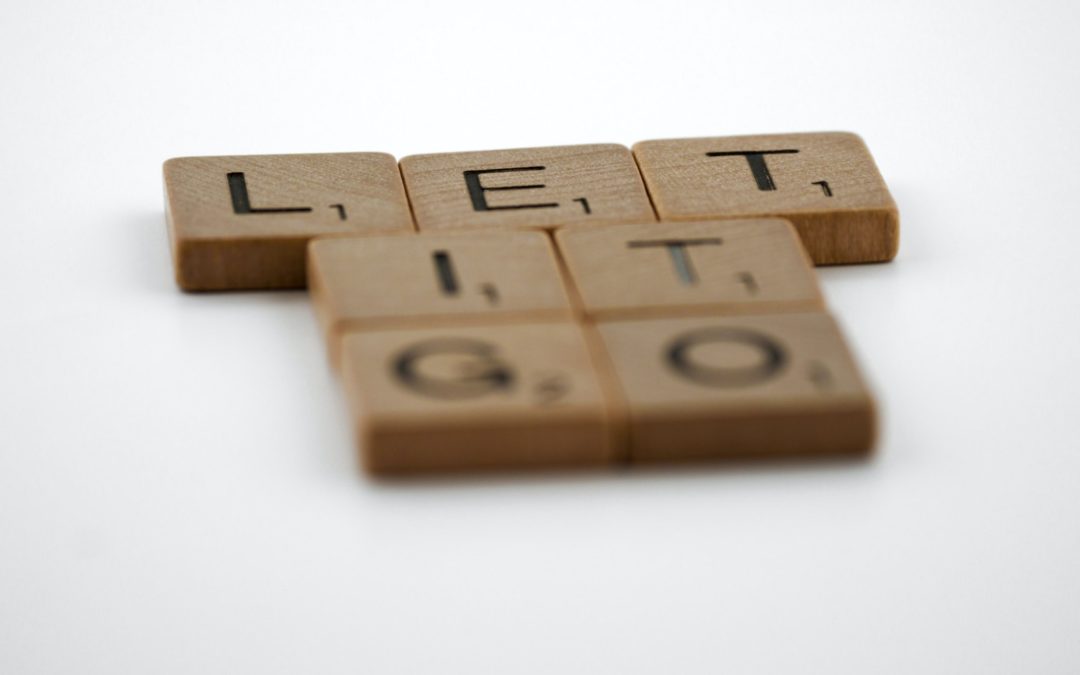
by admin | Jan 13, 2022 | Declutter
We struggle to let go of the very special items in our homes precisely because we first bring them in for a reason. We love them or have given them a cherished value. We saw them as being our link to someone we have loved. Perhaps we received them from a favourite grandparent or a school teacher who was our coach and mentor. Possibly we hold onto that blanket because it was on our Aunt's bed or in a blanket box that our grandmother left to us in her will. Those vinyl records can't be played on any digital device you own in your apartment, but you hang on to the albums because of what? Your Dad had albums of his own when he was a boy so you bought your own collection of them at a vintage market after hearing him enthuse about the magic of listening on a record player. It is this magic which we often add to objects that forces us then to continue holding onto them long after any real functional or practical value has passed us by.
And this is the real reason we hang onto things, because we are people with emotions and feelings and we assign value and meaning to everything we see or come into contact with. We have to do this to stop ourselves getting into total overwhelm or melt down when faced with a thousand and one choices every day.
You see a mahogany box that your uncle stored his love letters in from your aunty before she died and so you give that simple wooden box a value in your mind. You add to it all the memories of riding a bike from your own house as a kid to see your aunty Mabel and uncle Jack. You think of all the ice creams they bought you and some of the birthday presents for your first teenage birthday. All of this heavy emotional baggage attaches itself to the box. Now the box is not simply a 'box'. It has become a store of memory, a reflection of your childhood, a visual link to how you grew up and what you learned from good adult role models. It is so much more than wood and the pins that hold it together or the varnish that allows it to shine, or the crack in the back where it was once dropped on a pavement when your uncle moved into his care home as an elderly man. It has become a part of you. And you wonder why you find it hard to let go of the things in your life?
Everything has meaning and connection - good or bad - because we give such qualities and meanings to each thing we handle. You have my understanding and my empathy with this difficult process. Your home is a reflection of you and your values. It represents your sense of identity, of who you are to yourself as well as to those whose opinion you take on board. Your house or apartment is a mirror of how you feel about yourself and how you see yourself. The furniture, artwork, decorative style, clothing, photographs on display, all of these are elements of you.
In collecting items of value or which you attribute a value to - whether this is still holding each version of the iPhones you have owned, or having three dozen boxes of trainers dominating your bedroom cupboard - what are you achieving? You are filling your home space with stuff you do not need or use and which has been superseded by the latest phone or the newest trainers. We put the image of us as a fashionable, technical innovator on to the phones. You see yourself as a sporting woman with the boxes of trainers. You can only use one cell phone at a time. You can only run in one pair of trainers during the race or wear one pair of sneakers to the shops. But the belongings we fix around us are simply a reflection of the magical attributes we allocate to them.
If you can accept that you have too much clutter in your home, then you must recognise how different you would feel with less 'stuff' getting in the way. Not just in the physical sense but also in the way you would feel liberated with less. Make no mistake about this, by allocating such magical qualities to items in your home that other people would observe politely as clutter, or worse as junk, you are blocking yourself from living a higher energy, more focussed life where your distractions are reduced.
We don't set out to acquire rooms of stuff that we make little use of. Instead we attribute value to something because of the memory trigger it gives and the feelings it stirs within us. We allow this magical quality to settle on it and we end up struggling to know what to let go of because everything becomes special. All that we choose to keep has a powerful hold over us.
Making a decision about such items and their role in your thoughts and emotions, as well as in the practical tasks you carry out every day or week, will make it easier for you to let go of so much. By doing this you will allow so much lighter, more positive energy into your living space and change the focus of your life. Rather than be a guardian or custodian of hundreds of individual pieces of stuff that constantly require your attention, and drain your energy and focus, you can learn to let go of vast amounts of these. This allows you to feel more free and to live a life on purpose.
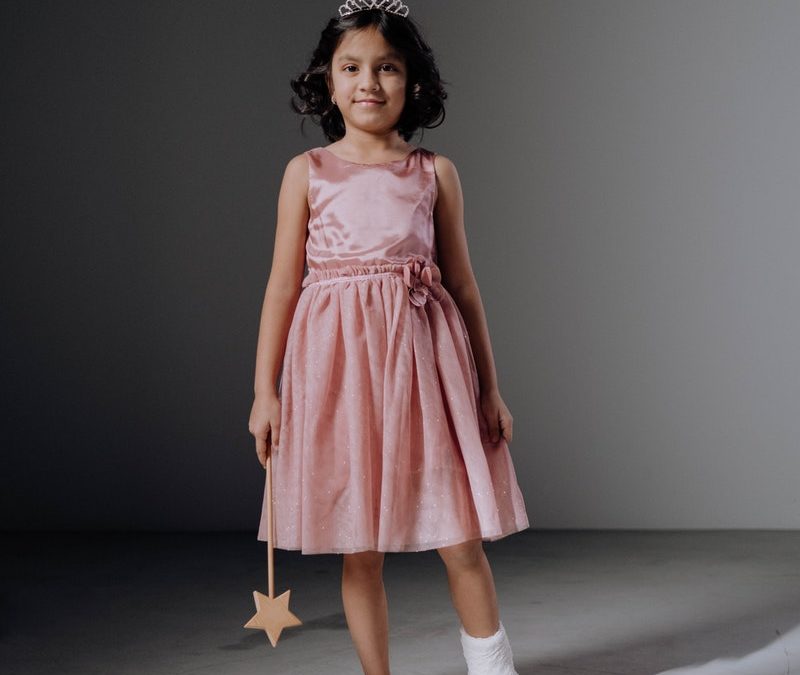
by admin | Dec 30, 2021 | Declutter
We struggle to let go of the very special items in our homes precisely because we first bring them in for a reason. We love them or have given them a cherished value. We saw them as being our link to someone we have loved. Perhaps we received them from a favourite grandparent or a school teacher who was our coach and mentor. Possibly we hold onto that blanket because it was on our Aunt's bed or in a blanket box that our grandmother left to us in her will.
Those vinyl records can't be played on any digital device you own in your apartment, but you hang on to the albums because of what? Your Dad had albums of his own when he was a boy so you bought your own collection of them at a vintage market. It is this magic which we often add to objects that forces us then to continue holding onto them long after any real functional or practical value has passed us by.
We hang onto things because we are people with emotions and feelings and we assign value and meaning to everything we see or come into contact with. We have to do this to stop ourselves getting into total overwhelm or melt down when faced with a thousand and one choices every day.
You see a mahogany box that your uncle stored his love letters in from your aunty before she died and so you give that simple wooden box a value in your mind. You add to it all the memories of riding a bike from your own house as a kid to see your aunty Mabel and uncle Jack. You think of all the ice creams they bought you and some of the presents for your first teenage birthday. All of this heavy emotional baggage attaches itself to the box. Now the box is not simply a 'box'. It has become a store of memory, a reflection of your childhood, a visual link to how you grew up. It is so much more than wood and the pins that hold it together or the varnish that allows it to shine, or the crack in the back where it was once dropped on a pavement when your uncle moved into his care home as an elderly man. It has become a part of you. And you wonder why you find it hard to let go of the things in your life?
Everything has meaning and connection - good or bad - because we give such qualities and meanings to each thing we handle. You have my understanding and my empathy with this difficult process. Your home is a reflection of you and your values. It represents your sense of identity, of who you are to yourself as well as to those whose opinion you take on board. Your house or apartment is a mirror of how you feel about yourself and how you see yourself. The furniture, artwork, decorative style, clothing, photographs on display, all of these are elements of you.
Your Family Souvenirs:
- The piano that had pride of place in your grandmother's living room, but which you cannot play and which takes up so much place.
- The walking stick and row of medals that were your grandfather's.
- The swivel leather chair and footstool that your Dad bought the week of his retirement in a colour you don't really like.
- The pocket watch that was worn by your great grandfather.
- The clutch bag that belonged to your mother.
- The pottery vase or cut glass crystal decanter that you don't use because you choose not to have flowers in the house or to serve drinks in a formal way.
- A photo album from a wedding one hundred years ago and which you know is somehow connected to a relative, but you don't know which one.
- A fountain pen that your Mum had when a school girl and which works fine, but you rarely write letters by hand.
These are sometimes heirloom items which connect us to the larger family network and discarding them creates feelings of disloyalty.
Comfort Objects from Childhood:
- How about the soft toys you had as a youngster or the comfort blanket you had first in your cot and then in your bed?
- A book collection that was relevant to you as a six year old, but you are now twenty seven!
- Printed class photographs from your first year at school.
- A plastic crate of boxed games and toys that you might be keeping handy for your grandchildren, who are not born yet!
- A uniform or handbook from the scout group you were part of when you were ten and eleven, but which was three decades ago.
- A wooden baseball or cricket bat from teenage years when we played well at senior school level, but which is now just gathering dust in the garage.
We don't set out to acquire rooms of stuff that we make little use of. Instead we attribute value to something because of the memory trigger it gives and the feelings it stirs within us. We allow this magical quality to settle on it and we end up struggling to know what to let go of because everything becomes special. All that we choose to keep has a powerful hold over us.
It need not be this way and I want to give you some simple indicators of the magical qualities you have attributed to your stuff. Use this as a helpful guide to determine what you must keep and what you can confidently discard. By doing this you will allow so much lighter, more positive energy into your living space and change the focus of your life. This allows you to feel more free and to live a life on purpose.
Indicators of potential magical value for your objects :
- If it was broken or lost would you be unhappy?
- Are you reluctant to throw it away, even after you have stopped using it?
- If someone took it away would you buy it back regardless of the cost?
- Do you think that it could not be replaced by another of equal function or value?
- Do you refer to it by name or give it a personality within your home?
- Would you struggle to let it go even if someone offered you full market value?
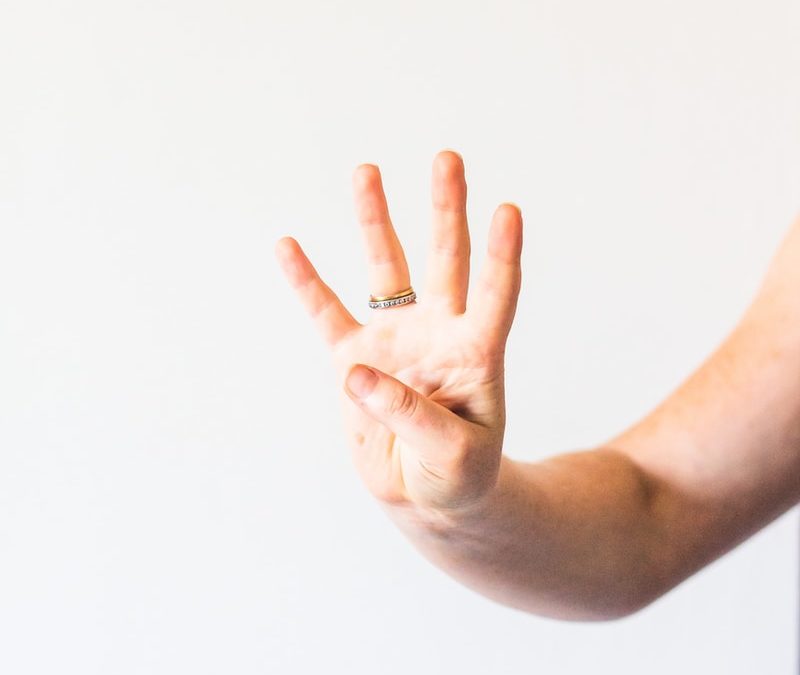
by admin | Dec 16, 2021 | Declutter
As you move through your home and separate what you want to keep from the things that will go you have made good progress. How you let go of what is not staying is best done by splitting these into four easy categories. If it's not staying then you are going to Sell, Donate, Gift or Bin each item. The key to winning at this stage is that you do what it says on each grouping of items. Don't let yourself be distracted.
A word of guidance for the unsure or the weak-hearted. If it doesn't fit into one of those four criteria, you are keeping it and that's OK. You are letting it stay where it is because you love it or it brings such happiness to your life when you see it. I hope that stops the panic for some of you. This is your stuff and you can keep the best of it. You are getting rid of the clutter, the waste, the surplus and the junk. Stay calm and get busy decluttering!
Sell: This can be a task the whole household gets behind and if so, you get to share the rewards from the selling activity. If you want to motivate a teenager, you may have just found a good way forward! Get them involved in listing the items for sale in online platforms. Reward them with seeing the progress made and the additional cash that comes in from the successful sale of items that they list.
A silk tie that cost you $50 new can reach $20 when advertised online. Pictures uploaded from your cell phone and a short description will see it sold within the week, and you have $20 bucks to add to your holiday fund or family treat fund. This two lamp bases that are made from beautifully turned wood are sold for $40 the pair plus postage. The classic shirts or vintage sneakers sell for $10 - $15 per item and you had been hoarding loads like these. You can hold out for slow and steady sales or you take an offer of $400 for the lot. It all goes into the fund.
Bigger items are no good for sending by mail. Use a marketplace listing for the pictures of that polished wood dining table and four chairs, or the spare desk or the two armchairs that have been in your garage for a year. You click and upload the pics, and the next day some buyers come for the separate items and you pocket $60 cash for the table and chairs, $50 for the desk and another $50 for the two big armchairs. That's another $160 for the holiday fund.
Donate: You take the items that end up here, down to the goodwill shop as soon as you have enough to fill a couple of boxes which you can put in the car and deliver to the store next time you are in town. Every card box or black bin bag you fill with lampshades, unwanted clothes, laundered bedsheets and duvet sets, books in good reading condition or jiffy bags of unused pens and pencils, each of these has a value to your local charity. You are taking stagnant energy in the form of the stuff you no longer want and transferring that to a place where it can be sold on and gather new energy in the form of cash money for the cause they promote through their work.
Gift: This is about some of the choicer stuff you come across when rooting around in your garage, attic or den. Perhaps you will find some emotional gold deep within those wardrobes where you haven't looked behind the coats for years! You will inevitably come across things that you have held onto as family heirloom items, and which you have enjoyed having with you over several years. Now might well be a good time to let them have a new home, still within the family.
Before my Dad died he had already given me some of the beautiful things he had treasured. A velvet lined, mahogany box stored his Lewis Men chess set which he had made from resin. My youngest son is the chess player now and so this is marked for him. A folding wooden writing desk from the Officer's Cabin of 1940's troop ship is something Dad bought in his one of his trips hunting for antiques. It is gorgeous, has a secret drawer, the cut glass ink pot, has the original ship's movement document attached and also comes with research into the history of the ship
What have you got that you are happy to let go of, knowing it can have a renewal of life in a fresh setting, where it will be loved and appreciated? It has already served you well and brought you pleasure. You have the memories of it in your life and can take several digital pictures of it before handing it over to the next person who will appreciate it. I think of these as Legacy Treasures or Legacy Gifts.
Other items you have which are simply in good order can be used by others who will be grateful to you for the gift and able to make use of the item. A food processor, a well equipped tool box, an auto jack or tire pump. A mountain bike in good order. Some electrical extension cables. Unwanted surplus furniture. A gift can be anything that you have had good use from and which still has life in it to be of use to another person or household. Let the items go and notice how different your space feels for the new energy it has within it. Write about how you feel as you let these things go into their new life somewhere else.
Bin: This is an easy one. The sooner something moves from the Bin pile to the large waste bins outside your home the better. A good and realistic goal here is that whatever you place in this pile, it does not stay here overnight, but goes outside into the designated private or communal bin areas for your home. The items here can sometimes be split between recycling and rubbish. For example, a broken wooden chair is rubbish, but the material can be recycled by your local authority as they work through waste.

by admin | Dec 2, 2021 | Declutter
You have sat with your head in your hands and worried about the clutter, the chaos and the mess. To say nothing of the overwhelm, stress and constant drain on your energy. Now it's time to begin the process of working through the things you have around you and to actually let some of them go. I feel your pain, really I do.
Grab your journal and take the time to note how you are feeling right now. Limit this to thirty mins or however long it takes you to enjoy a coffee with your pen and notebook!
Be honest about how you feel approaching the project of removing this junk and clutter from your home. If you are scared then write about this to yourself. What is most worrying for you? Are there some aspects making you feel nervous or jittery? Stick with a pre chosen time limit for the journalling activity and use this to get your thoughts and feelings down on paper. We don't want you to be so absorbed in your notes that you never get around to the work of discarding!
Picture your starting point. After journalling about the emotional place you are in as you begin the declutter, I am going to ask you to do one thing that will take just minutes out of your day, but which will have a powerful benefit. Grab your cell phone and take pictures of every single room in the house. Stand at each doorway and take a picture of the room in front of you. Then go to an opposite side or corner of the room and take some other pictures looking back towards the doorway. As you build your photo album of the room, make sure you have an image of each area captured and stored on your phone. Do this with your living area, dining space, sleeping area. But also do the bathrooms and the kitchen. Take photos of your kitchen with every cupboard open. Take a picture of that random dumping ground under the sink. Open your bathroom cabinets and capture an image of the contents. I dare you!
If you have a garage or a basement where you store your 'stuff', make sure to gather images of each of these areas so you are fully aware of what you are dealing with. For many people this is a harrowing process because it gives you the evidence of how out of control you have become with the operation of your home as a space where you gather, hoard, store and accumulate quite so much. I promise you though, that some time from now you will look at the before and after pictures and feel such a sense of pride and accomplishment, you will be wanting to show everyone the results you have achieved and the completely different space you have created through your own effort, dedication and focus.
With the picture album recorded, you can now start with a section of your home that you can manage to deal with in one go. Here I don't mean a whole room though. You need to be realistic and also kind to yourself. You want an early win so that you will come back and do more. This can be a drawer in a desk, a shelf in your living room or that area under the sink in your kitchen. This victory will give you the motivation to stay with the process tomorrow and the next day.
As you prepare to declutter your home of the items that no longer serve you, take the time to get mentally ready for the emotional effort this will require from you. In letting go of things which have been in your home for months and often for several years, or which have been moved from house to house and never used, it is up to you to be able to look at each item and decide on why you are going to keep it or whether you will move through the process of releasing it from your care.
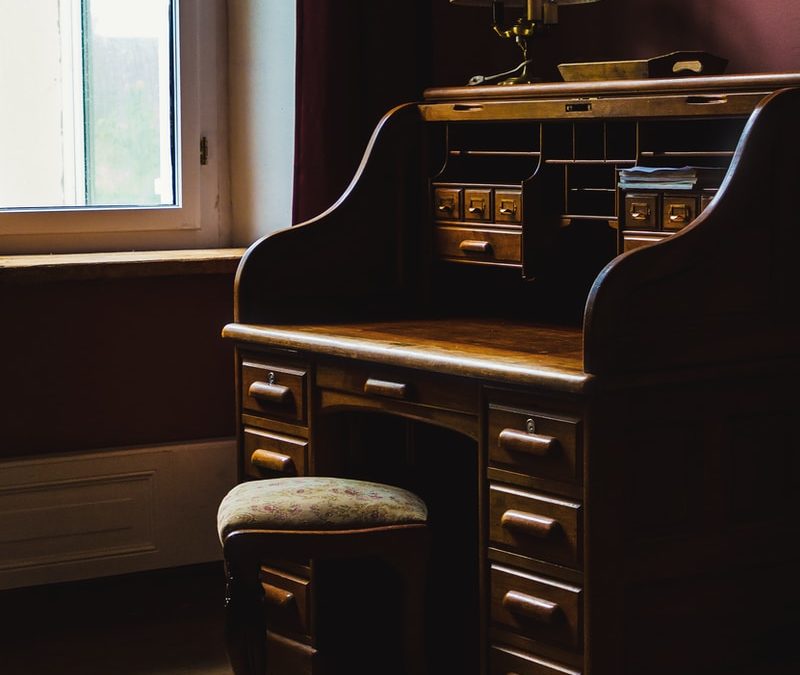
by admin | Nov 18, 2021 | Declutter
The things that find their way into you home from a previous generation are not valuable because of their age, but more so because of the emotional connection you had to the person it once belonged to. This could be something that belonged to one of your parents, or perhaps your grandparents. The personal stories you have had told to you about this person or the documents you have seen which show you something of their life and circumstances, these are just as much pieces of your family history as the physical items that survive in your home.
Let Heirlooms move within Your Family - just because you don't want to hang on to your Uncle Bob's massively heavy two volume collection of The 1938 World Encyclopaedia doesn't mean that you have to throw this away or wait for a few months for it to be listed and sold via an online auction platform. Put the word around that you have this to go to a good home and you might discover a cousin who would love it, with or without any pre-existing good memories of Uncle Bob.
Create a Scrapbook - Gather together some family pictures, from your childhood, or the life of your parents and grandparents. This way you don't have to hang onto hundreds of images, but can find a few dozen pictures, along with marriage certificates, holiday postcards, travel tickets and school reports, to create something which can be cherished and which will trigger plenty of good thoughts on its own.
Let the Item have a New Life - If you decide that the piece is good enough for someone other than yourself to cherish, give thought to where it might be better placed. This could be with a family member, friend or someone whom you know would appreciate it and give it a good home. The item could help them set up home, downsize when they are starting over or simply be a gift they would appreciate to cheer up an aspect of their dwelling.
Mortality and More - When my Grandpa on my Mum's side bought himself a writing desk, a bureau to be more accurate, it was 1927 and he was not yet married. So much of his life was ahead of him. He had not met my grandmother. Fast forward ninety plus years and I have that bureau as my own writing desk now. I never met John Harris. But his widow was my Grandma Alice and I loved visiting her. When she passed away the desk came to my Mum, and as a preschooler I was fascinated by the closing front cover and it's hinges, by the spiral turned legs. I loved the little felt lined drawers and the leather cover of the desk. The smell of the bottles of ink and the balance of the pens inside it all drew my attention. During my senior school years I did my homework on the leather top surface of the opened bureau. This piece of furniture has lived in four houses and served several generations of our family. Previous owners are long since dead and buried and I think sometimes about what will happen to this piece of furniture going forward with my own demise. Will one of my sons want it for their own place? He doesn't need it while he is at university. He may not have space for it in his first home. He might just not want it.
You see the problem here in this simple example of a piece of wooden furniture that has so much more history now than when a young bachelor called John Harris bought it simply because he liked it. We complicate an inanimate object by giving it meaning, by wrapping it with the history we know and the memories we imagine and part recall.
We imbue these possessions with those same magical qualities which I have written of elsewhere and which we gather about us. We do this because we are human and to make sense of the world around us we have to give meaning or significance to everything we see or do. Every small ornament, trinket, or medallion. Each item of clothing or piece of furniture. To everything we add a story. It is how we cope with so much in our lives, to differentiate one thing or experience from another potentially similar item or event. It is precisely because of this attaching of meaning, memory and significance that we find such struggle in letting go of many of the items we have in our homes.
Find ways to identify the stories and the emotions that form some part of your nostalgic connection to your belongings. If you can encapsulate these into your journal and into the photos you take and share, you will find it so much easier to let go of what no longer needs you to hold on to it. By letting something go you allow it a new life and a fresh purpose elsewhere.
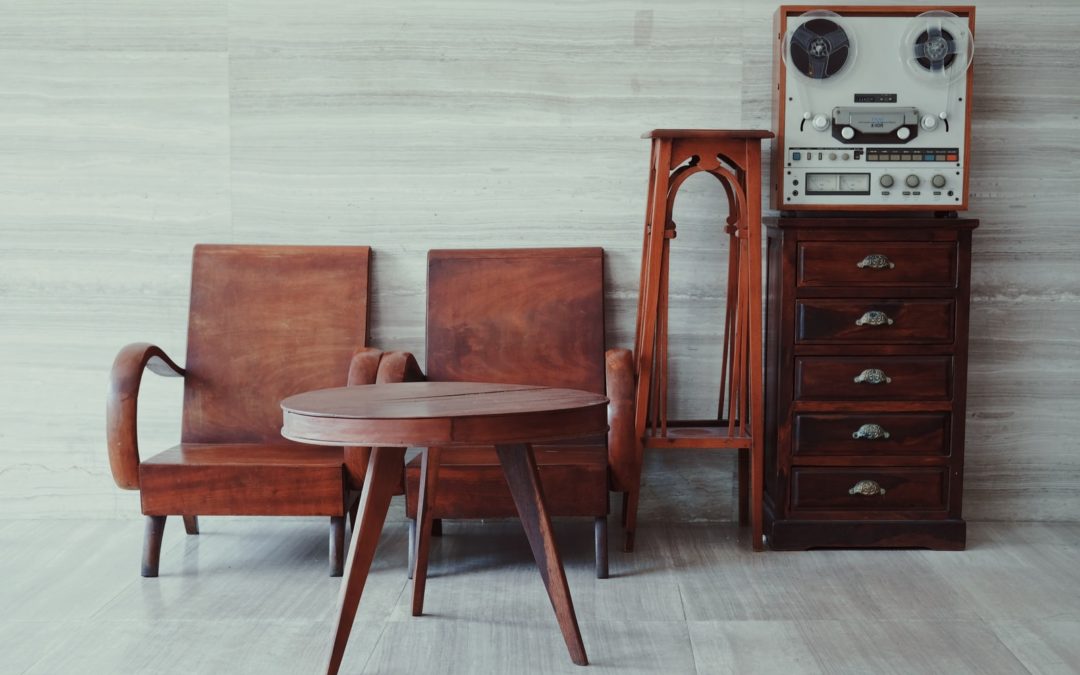
by admin | Nov 4, 2021 | Declutter
We all love to attach significance to each thing we bring into our home. The most ordinary things can seem difficult to get rid of because we attach such meaning to them. It could be a pencil, a shirt, a saucepan, a pair of shoes or a box of toys. These should be easy to pick up, consider and then decide on whether to Sell, Donate, Gift or Bin each thing.
This is all very well with things we have bought because of their function or utility, but what do we do with things that belonged to a previous generation of our family. The single biggest obstacle to us making a good job of dealing with the stuff we have accumulated is the sentimental one, and this is always exaggerated by family connection.
When you want to move closer to the significance of some of the objects in your home and discover the real emotional connection you have to each piece, here are some simple techniques that may be useful.
Let Heirlooms move within Your Family - just because you don't want to hang on to your Uncle Bob's massively heavy two volume collection of The 1938 World Encyclopaedia doesn't mean that you have to throw this away or wait for a few months for it to be listed and sold via an online auction platform. Put the word around that you have this to go to a good home and you might discover a cousin who would love it, with or without any pre-existing good memories of Uncle Bob.
Let Go of Gifts that Get You Down - A gift is given freely or shouldn't be given at all. Where it feels like a weight around your shoulders, let it go as soon as you can, without reservation or doubt over letting it go. Have your house be a place of peace and joy by ensuring that the things you didn't choose are still in line with your values and visions about your world. If you feel awkward about it, let it go.
Choose what is a 'Keeper' - Hang on to the crazy, the cool, the beautiful and the items that are evocative of good times and which give you that same sense or feeling when you look at them or hold them in your hands and visualise the good times they represent.
Create a Scrapbook - Take family pictures, from your childhood, or the life of your parents and grandparents. This way you don't have to hang onto hundreds of images, but can find a few dozen pictures, along with marriage certificates, holiday postcards, travel tickets and school reports, to create something which can be cherished and which will trigger plenty of good thoughts on its own.
Recycle, Reuse, Remodel - Some things you love are gorgeous, but bulky. A jacket, an heirloom blanket, a wedding dress, a uniform no longer worn. You can create some special keepsake pieces with these, and choose to do the cutting and stitching yourself or take them to a specialist tailor or dress maker and seek their help and involvement in making a new item that serves to remind you of the positive experiences, memories and good times you associate with the items that no longer need to take up so much space. Bed throws, quilts and scatter cushion covers come to mind as potential remakes of the originally larger items which can be repurposed. An old piano can be repurposed as a drinks cabinet. A pedal operated sewing machine table can find new life as a desk or eye catching curio stand. A stone or diamond from a ring that is not your style, can be extracted and reset into a piece of jewellery that delights you.





